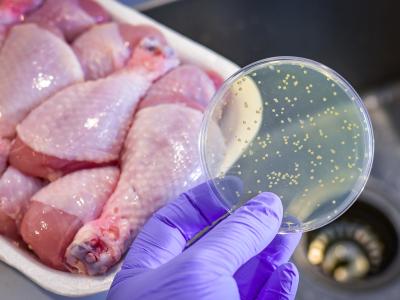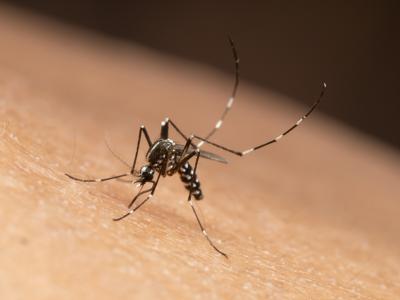Chinese scientists develop H7N9 flu vaccine
Scientists in China have developed an H7N9 influenza vaccine that is now ready for pilot testing, according to a story today in the South China Morning Post.
Vaccine safety assessments and experiments were completed a week ago, said Yao Hangping, MD, a spokesman for a team of scientists at Zhejiang University's First Affiliated Hospital. The vaccine was jointly developed by First Affiliated, the University of Hong Kong, the Chinese Centre for Disease Control and Prevention, the National Institute for Food and Drug Control, and the Chinese Academy of Medical Sciences, the story said.
Yao said at least two Chinese manufacturers are interested in producing the vaccine, which needs to undergo pilot tests, human trials, and drug approvals, among other steps. Those processes will take at least 6 months, he said.
Yao added, "Our experimental results show us that like other flu vaccines, the vaccine we developed is able to deal with current strains of the virus even though it has kept changing. Our research team is continually monitoring and studying all known strains of the virus."
Zhejiang province has confirmed 48 of the mainland's 136 H7N9 avian flu cases, more than any other province.
Oct 28 Morning Post story
Another study finds H7N9 not fully adapted to humans
A study comparing airway receptor binding characteristics of human novel H7N9 influenza and its avian counterpart suggests the profile of the virus infecting people in China doesn't yet resemble of flu viruses known to spread efficiently in people.
The research team, based at Utrecht University in the Netherlands, used a recombinant protein approach to compare the H7 from a human H7N9 virus and an H7N9 virus from a Eurasian teal. Their goals were to compare and explore the relationship between the receptor-binding properties and enzyme activities of the H7 and N9 proteins. The study appeared today in Scientific Reports.
The investigators found that the HA protein of human H7N9 virus hasn't yet adapted a receptor-binding profile that resembles pandemic or seasonal flu viruses. They found that the human H7 protein binds more efficiently to alpha 2-3 sialosides than alpha 2-6 sialosides, opposite from seasonal or pandemic flu viruses. In addition, the human H7 virus wasn't able to efficiently bind to epithelial cells of the human trachea.
The findings agree with other H7 recombinant protein studies and are also in line with studies showing limited human transmission of H7N9 and limited airborne transmission of the virus in ferrets, the authors concluded.
Sep 28 Sci Rep abstract













